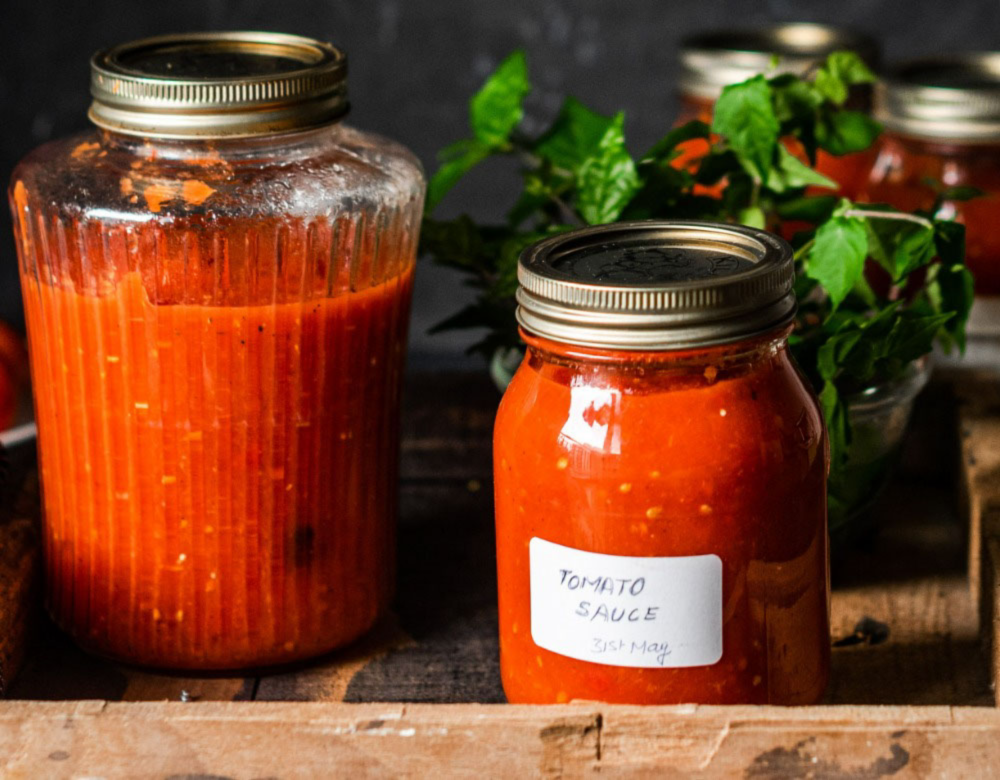

If the tomato plant is a bit leggy it can be buried deeper, just like you do when transplanting the seedlings.
TRANSPLANTING TOMATO PLANTS HOW TO
Read also how to water your vegetable garden. This way you will not have to water as often during the growing season. You want the plant to reach down for moisture and nutrients. The compost is a natural fertilizer and will give the plants a boost. Also, the plant is a bit more flexible and will not break as easily if it is not watered.ĭig a bigger hole than the plant is – it helps to loosen the soil all around the plant and encourages root growth.Īdd 1-2 cups compost to the hole before planting. Transplanting tomato plantsīe sure not to water the plant too much before transplanting so the soil holds better together. Read also about determinate or indeterminate tomato plants. Tomatoes like moving air, do not plant them too close together. Determinate varieties will grow to a bush, so they need 2-3 feet (60-90 cm) in diameter. Indeterminate varieties can be grown vertically and need about a square foot, or half of the space if pruned to a single stem. After the plants have got used to their new environment, then they can be transplanted without concern. If you like it more conveniently, you can harden the plants off in a temporary greenhouse frame. Read more about hardening off plants the easy way here. Starting with a cloudy day or shade, help them to get used to the outdoor environment. First, get them used to the outdoor or greenhouse environment while still in the pot. Plants can’t go from indoors right into the ground, it will put way too much stress on them. We are speaking about a cool climate here. Note, if you are in a warm climate, tomatoes might be too hot in containers on your driveway. The heat from the concrete and the black bags will help to keep the heat-loving plants warm. We have grown lots of tomatoes in grow bags on our driveway. If you have a warm spot on your patio or deck instead of in the garden, tomatoes can be grown in pots or grow bags as well. If you do not have a greenhouse, find the spot in your garden that is too hot for most crops – it might be just right for tomatoes. Or a more permanent structure a window protected raised bed.Ī greenhouse or cold frame is the optimal growing space for tomatoes in a cold climate.

If you do not have a greenhouse, then a cold frame for tomatoes works great too. There they can be planted out about two weeks earlier, but still might need frost protection. The best place to grow tomatoes in a cold climate is in a greenhouse. Location is everything when it comes to growing tomatoes. Do not start too early, you want the plants to be just putting out buds, not flowering yet. The timing when to transplant tomatoes into the ground is also important for when to start tomatoes from seeds. We work with protection and microclimates. Some summers our temperature is below 10C at night even in July. These temperatures are not always realistic in a cold climate. You want the temperature to be above 10C (50F), and soil temperature 16C (60F). It is best to wait till the last frost day or, if the weather is still cold and windy, wait a week longer before planting tomatoes into the garden. They do not tolerate frost and do not like cold, wet weather either.


 0 kommentar(er)
0 kommentar(er)
